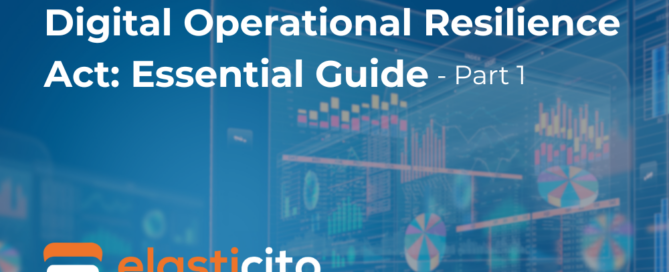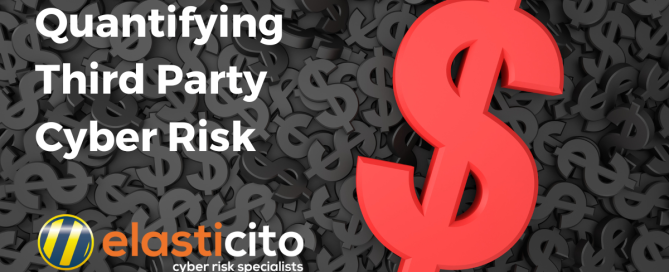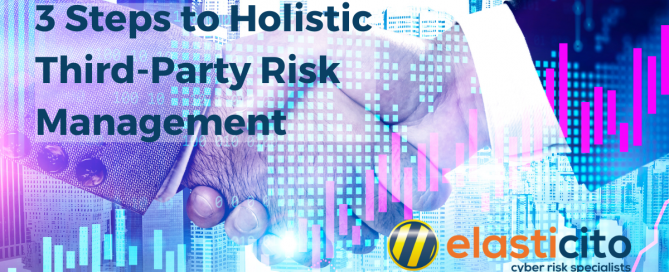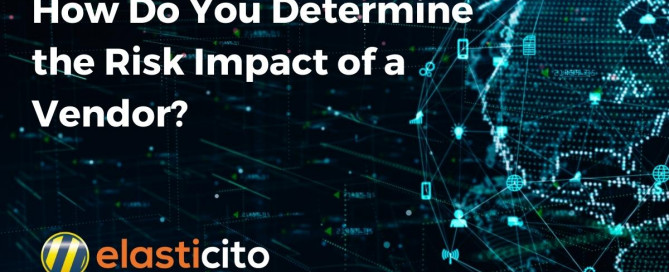The Digital Operational Resilience Act: Essential Guide – Part 1
The Digital Operational Resilience Act: Essential Guide - Part 1 The Digital Operational Resilience Act (DORA), effective January 2025, imposes significant cybersecurity obligations on more than 21,000 EU financial institutions. It demands robust technical safeguards, rapid incident reporting (within four hours), structured risk management and third-party oversight. This technical guide breaks down DORA's compliance parameters and offers actionable implementation strategies for the 2025 deadline. Understanding the DORA Digital Operational Resilience Mandate The Digital Operational Resilience Act constitutes a paradigmatic recalibration in EU financial sector cybersecurity governance. Diverging from conventional regulatory frameworks predicated primarily on capital adequacy, DORA establishes technological resilience as a coequal determinant of financial stability in mitigating digital disruption vectors. What DORA Means for Financial Firms in 2025 Upon full implementation on 17 January 2025, DORA will impose rigorous operational resilience parameters across over 22,000 financial entities operating within EU jurisdictions. This regulatory perimeter extends to a diverse









